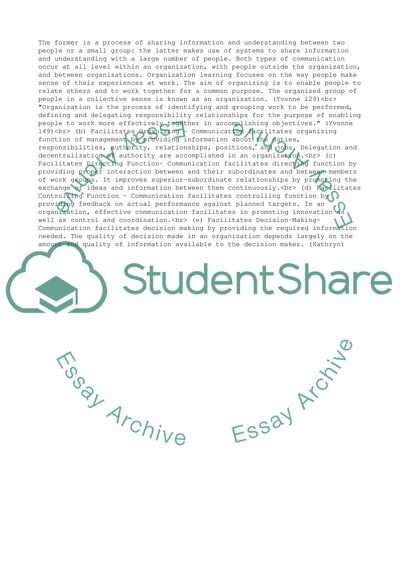Cite this document
(Importance of Communication in Management Term Paper, n.d.)
Importance of Communication in Management Term Paper. Retrieved from https://studentshare.org/management/1507807-organizational-communication-master-essay
Importance of Communication in Management Term Paper. Retrieved from https://studentshare.org/management/1507807-organizational-communication-master-essay
(Importance of Communication in Management Term Paper)
Importance of Communication in Management Term Paper. https://studentshare.org/management/1507807-organizational-communication-master-essay.
Importance of Communication in Management Term Paper. https://studentshare.org/management/1507807-organizational-communication-master-essay.
“Importance of Communication in Management Term Paper”, n.d. https://studentshare.org/management/1507807-organizational-communication-master-essay.


